Local history: The Krueger family home is a landmark in Stuart history
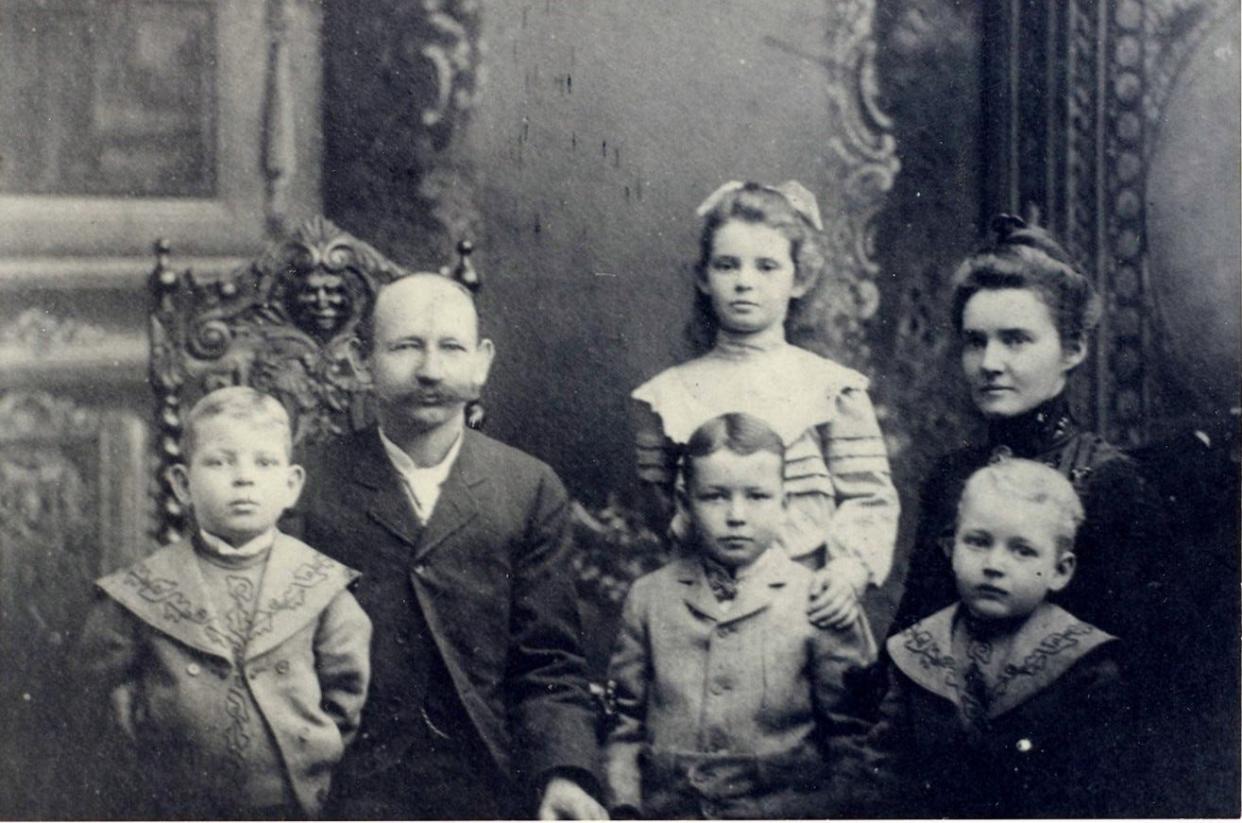
I’ve traveled along Stuart’s East Ocean Boulevard on countless jaunts through town. Yet each time I pass the enduring two-story manse set stately back along East Ocean and Krueger Parkway, I pause in thought to admire and wonder at the history that the old Krueger house has seen.
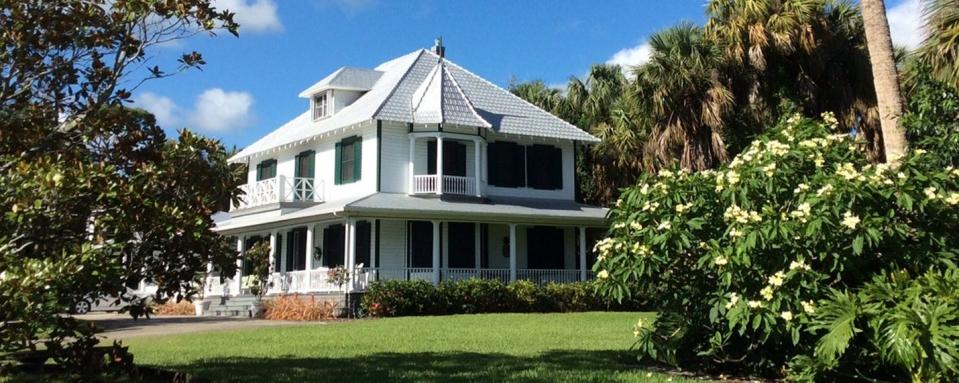
I first came to Stuart in the mid-1980’s, and I can recall the home in a sad, shabby state of decline. Its weathered coat and overgrown landscape hinted that its best years may have long since passed. But from 1997-2002, family descendants Billy and Anne Krueger Stimmell set out to tackle a thorough and loving restoration of the home, which was originally built in 1904 by their forebears Albert and Annie Krueger.
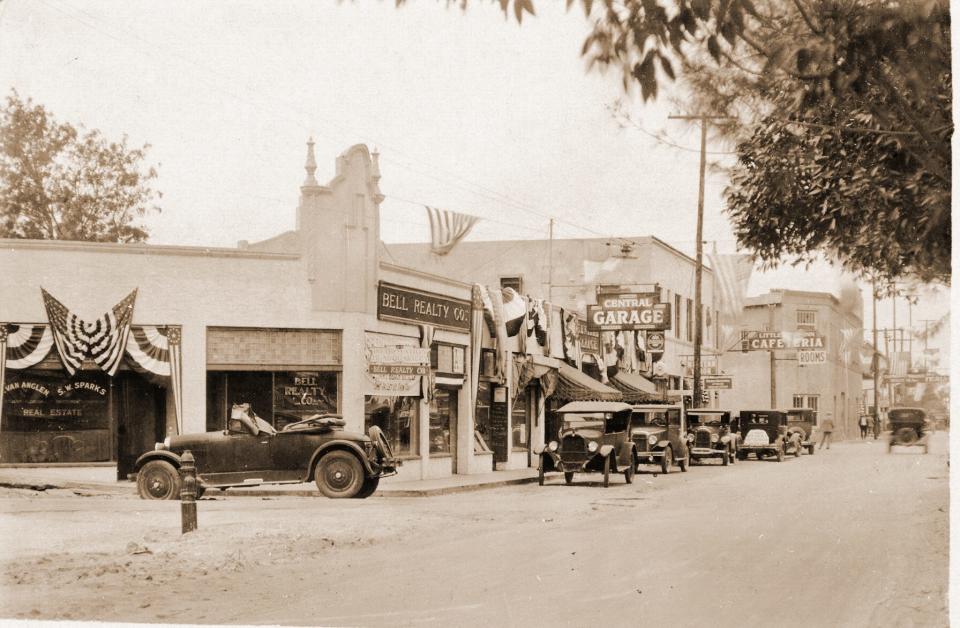
Even though I had never stepped foot on the property, I can remember feeling a sense of personal elation as I witnessed the daily strides of progress in the old home’s restoration to its former elegance. Adding to the excitement, the Krueger project paralleled the revitalization taking place throughout downtown Stuart and the vibrancy of Martin County that came to light in the 1990’s. Eventually, the restoration had earned the Krueger home a place on the National Register of Historic Places. The home once again reflects a community that nurtures a great pride in its past and extends an ambitious welcome to its future.
The Krueger’s story is at the foundation of Martin County and turn of the 19th-century America. The impressive home is an enduring legacy of Albert and Annie Krueger and their family.
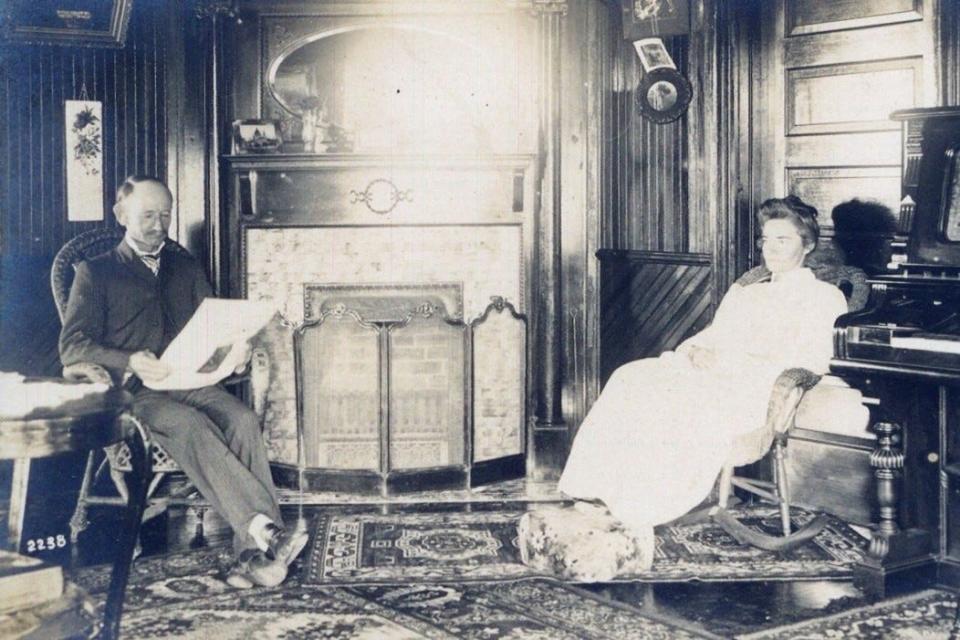
Albert Rudolph Emil Krueger (1859-1922) was born in Germany and immigrated to the United States in 1880. He settled in New York City and became a U S citizen in 1886. The young and ambitious Albert was enticed to travel south by train and boat to help his friend Ed Glutsch, who was homesteader along the St. Lucie River in the exotic wilds of Rio, Florida.
It was here in Martin County that Krueger grew his first pineapples, on land he borrowed from Ernest Stypmann. On the strength of a bountiful first crop, Krueger traveled to Jacksonville in 1891 to purchase 80 acres along what is today East Ocean Boulevard, at the price of $1.25 acre.
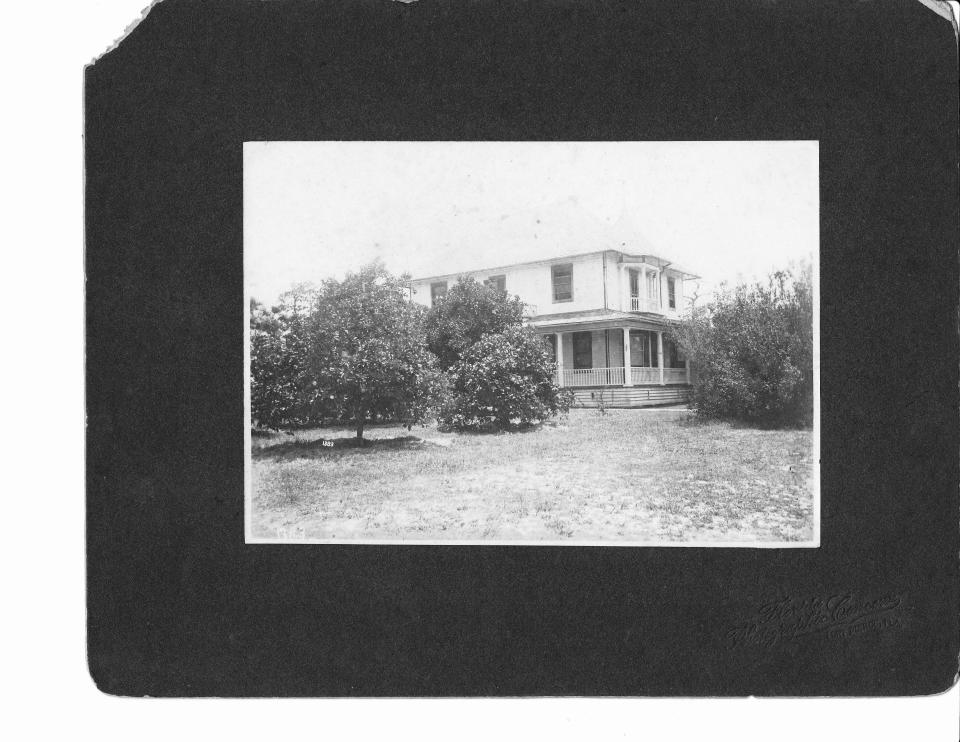
Krueger dredged the creek on the property and made it navigable to the St. Lucie River. In contrast with his livelihood as a successful pineapple farmer, Krueger was slow to adopt local dress. For many years, he continued to wear his derby hat, stiff collars and fancy ties, which earned Albert the nickname “Dude” among his neighbors.
Also in 1891, at the time that “Dude” was establishing his pineapple plantation, Annie Donaldson Kincaid Speirs (1869-1946) of Glasgow, Scotland arrived in Potsdam from Canada to take a teaching position in Waveland. She resided with her uncle and aunt, Capt. Benjamin and Annie Hogg.
Annie Speirs and Albert Krueger married March 6, 1896. They originally set up housekeeping in a small cabin built among the pineapples. In about 1904, Albert had a new home constructed. The vernacular frame home was three stories and sat on Krueger Creek surrounded by 53 lush acres of pineapples, tropical and sub-tropical plants, citrus trees, and flowering plants. Albert named it “Burn Brae Plantation” which means “house on the hill by the water” in the Scots language.
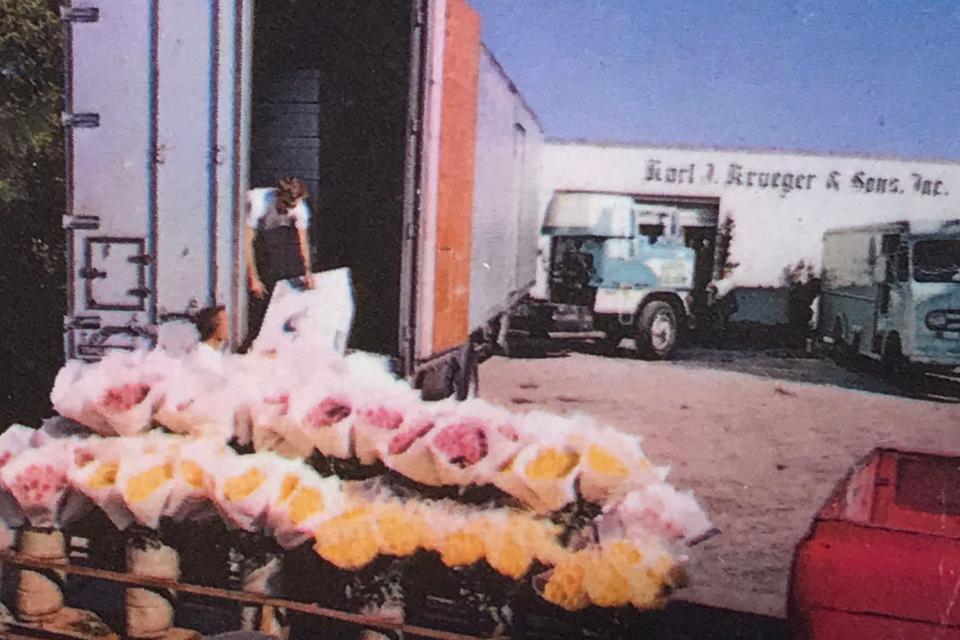
Annie and Albert raised four children at Burn Brae: Janet Theresa (1894-1976), Karl John (1895-1959), Albert (Bert) Paul (1896-1972), and George Peter (1897-1948). Janet married Carroll Dunscombe, a lawyer and pineapple grower; Dunscombe was the cousin of Homer Hines Stuart, for whom Stuart was named.
All three Krueger sons served and survived WWI. Karl John became a successful businessman, developer, and flower farmer. Bert returned from the war as a pilot and started the first local airline, offering passenger service using two Curtiss Flying Boats. He opened Krueger Municipal Airport in 1928, including a runway and hangers. George Peter, an electrical engineer, established a successful garage and machine shop.
Descendants of the Krueger family still call Stuart their home. The Kruegers are deeply rooted in Martin County’s history as successors of Albert Rudolph the pineapple farmer and his wife Annie. The branches of their family tree are far reaching, to include several Martin County pioneer families -- the Dunscombes, Bruners, Stimmells, and Pecks are tied through generations of Kruegers.
Burn Brae Plantation remains in the Krueger family today and stands as a tribute to Stuart’s founding families.
To learn more about the fascinating history of Martin County and the Treasure Coast, visit the Elliott Museum at 825 NE Ocean Boulevard, Hutchinson Island, Stuart. Open seven days, 10 a.m. to 5 p.m., except holidays.
This article originally appeared on Treasure Coast Newspapers: The Krueger’s story is at the foundation of Martin County and Stuart

